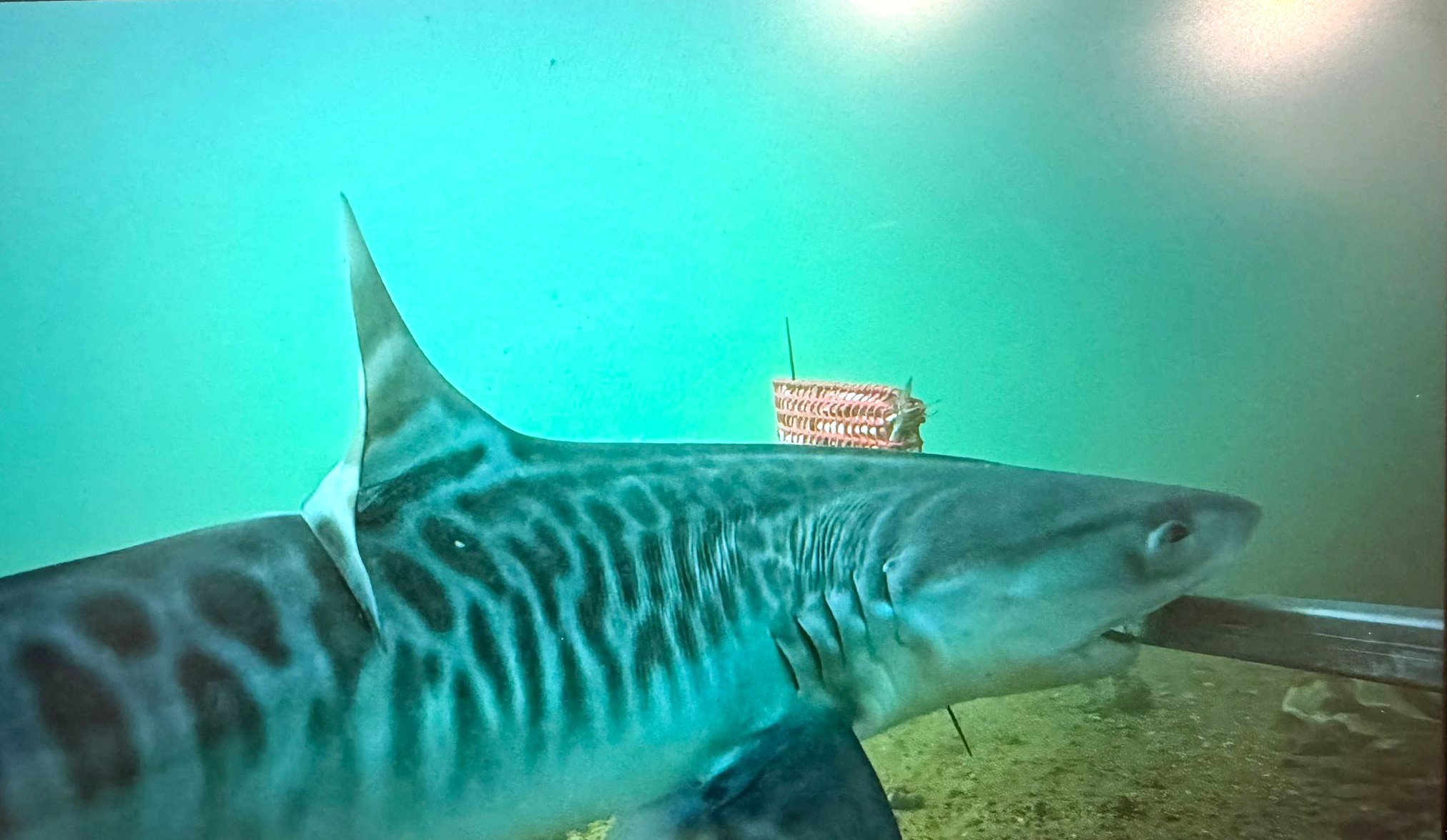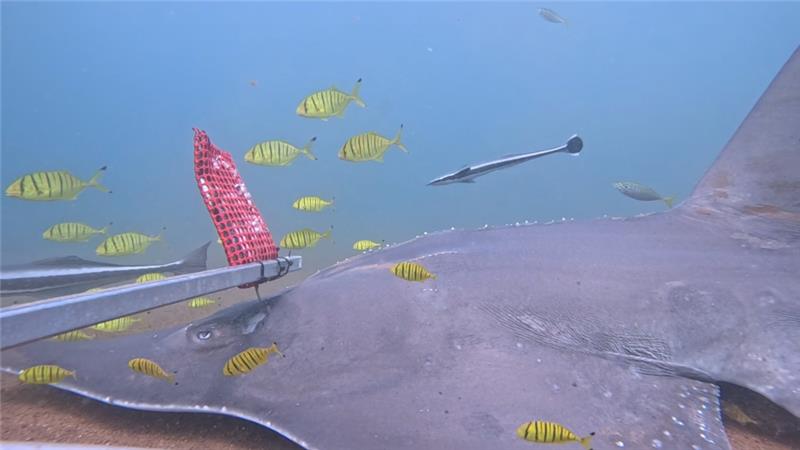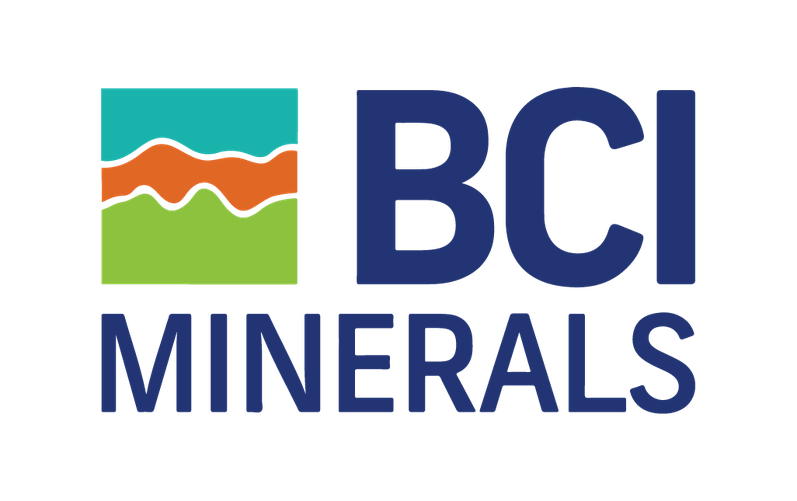
For seven years, BCI has partnered with O2 Marine to support its environmental stewardship, bringing the latest technology and innovation to Australia’s largest salt project, the Mardie Operation.
Founded in 2014, O2 Marine consists of four key divisions, including O2 Metocean, O2 Environment, O2 Sea Country and O2 InFlight.
Having worked on the Mardie Salt Operation and Potash Project from its early days, O2 Marine’s work has encompassed a wide range of activities. From baseline studies to environmental approvals and management implementation, O2 Marine has played a pivotal role in bringing the Mardie Operation to life.
BCI Minerals Head of Environment & Heritage Shaun Meredith said it’s been great to work with a partner who knows the Operation extensively.
“O2 Marine offers technical advice that blends best practice science with regulatory needs,” he said.
“The team take the latest research and provide recommendations for how BCI can best integrate that information into our activities.
They understand the practical realities of delivering a major operation like Mardie and know how to translate complex environmental data into real-world solutions.”
Marine studies have been a key element of O2 Marine’s work, which has helped inform environmental impact assessments and the engineering design of the Operation. These studies include meteorological and oceanographic assessments and modelling, bathymetric surveys, sediment and water quality monitoring, benthic habitat mapping, and investigations into mangrove health and marine fauna.
With a significant amount of data collected, O2 Marine Principal Scientist Daniella Hanf says the Company sets itself apart in the industry by maximising synergies across their work scopes.
“We never focus on just one aspect of the environment,” she explained.
“Our goal is to gain as much information as possible when working in remote areas —not only to be cost-effective, but to contribute to science and strengthen the environmental management of projects. This approach gives us a clearer understanding of how the ecosystem is functioning and supports more informed decision-making.
Our projects range from short-term to long-term in scope. Given the remoteness of the area, some of the data we collect is truly unique, allowing us to build valuable long-term datasets. This is especially important for identifying environmental trends that might otherwise go unnoticed—particularly in the context of climate change.”

Some of O2 Marine’s latest work at the Mardie Operation includes undertaking a two-year marine environmental quality assessment to inform the appropriate management for future bitterns discharge.
The team is also revising the marine environmental baseline assessment to ensure a robust and representative baseline is captured ahead of BCI’s dredging activities. This includes marine fauna surveys using a range of technologies, including baited remote underwater video systems (BRUVS).
BRUVs are used to record fish diversity and biomass, and are supplemented by the collection of environmental DNA. Passive acoustic monitoring is also employed, allowing for the identification of different whale species through their unique sound signatures via spectrogram analysis.
“We invest in the latest technology and operate our own vessels, which is something we're really proud of,” Daniella said. “It keeps us at the forefront of our field and reflects our passion for what we do.
“It’s exciting to be in marine science now, when technology is rapidly evolving. We are using AI to support our processes, so that we can do even more with our data. Being able to understand more about the environment in a shorter amount of time is going to be really helpful.”
Surveys, such as the marine fauna survey, are critical for establishing a baseline environmental dataset, which is then measured against to assess the impact of construction and operational activities.
Establishing baseline data has ensured that BCI can build the Mardie Operation in harmony with the natural environment.
During the construction of the Cape Preston West Port, a number of management measures were established to minimise risks to marine life. On top of avoiding ecologically significant windows, BCI made use of marine fauna observers and underwater noise validation to protect whales, dugongs, dolphins and turtles.
For Daniella, the most fascinating part of her role is when she is able to observe the behaviours and interactions of marine life in the wild and then see patterns and trends emerge as the data rolls in.
“Working alongside BCI in the field helps to strengthen the connection between collecting marine scientific data, and informing the bigger picture,” she said.
“It’s also been a great opportunity to share the more technical aspects of our work and ensure we’re responding directly to BCI’s needs in environmental management and species’ protection.”
BCI’s enduring partnership with O2 Marine continues to ensure innovation, and practical environmental management go hand-in-hand. As a valued consultant, BCI knows it can trust the work produced by O2 Marine.
